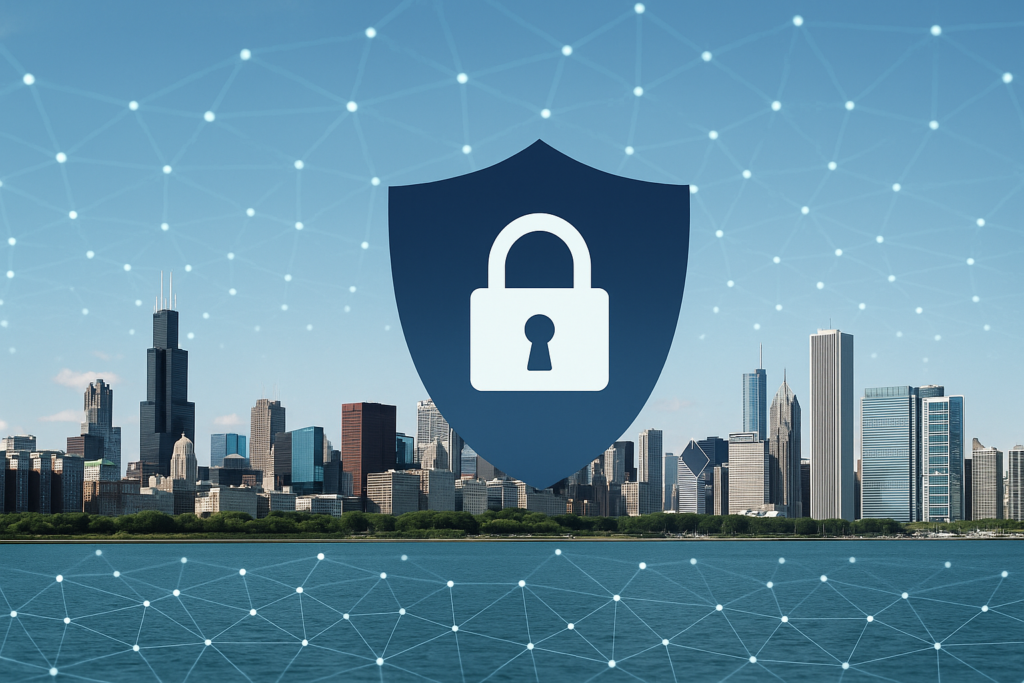As cyber threats grow more advanced, traditional perimeter-based security models are no longer enough. In 2025, more Chicagoland businesses are adopting zero-trust architecture to defend their data, applications, and users—especially in hybrid and remote work environments. But what is zero trust, and how does it work?
The zero-trust model is based on a simple principle: never trust, always verify. It assumes that threats can come from outside and inside your network. Rather than automatically trusting users or devices inside a firewall, zero trust continuously authenticates every request—regardless of where it originates.
One of the core components of zero trust is identity verification. Every user, application, or device must prove its identity through multi-factor authentication (MFA), digital certificates, and contextual access rules. Just having a valid login isn’t enough—users must also be verified by device, location, and role before gaining access to resources.
Network segmentation is another key element. Instead of giving broad access to internal systems, zero trust breaks the network into microsegments. Each user only gets access to the applications and data they need—nothing more. This minimizes damage in the event of a breach, preventing lateral movement by attackers.
Zero trust also relies on continuous monitoring. Real-time analysis of user behavior, device health, and data flows helps detect anomalies and enforce policies dynamically. For example, if a user typically logs in from Illinois and suddenly attempts access from another country, the system can block or flag the attempt immediately.
Implementing zero trust doesn’t happen overnight. It requires auditing your existing systems, upgrading identity and access controls, and deploying endpoint protection. But the benefits are significant—reduced risk, stronger compliance, and better control over sensitive data.
For businesses in highly regulated industries or those handling customer data, adopting zero-trust architecture is quickly becoming not just a best practice, but a necessity.
If you are interested in learning more, schedule a call today.

